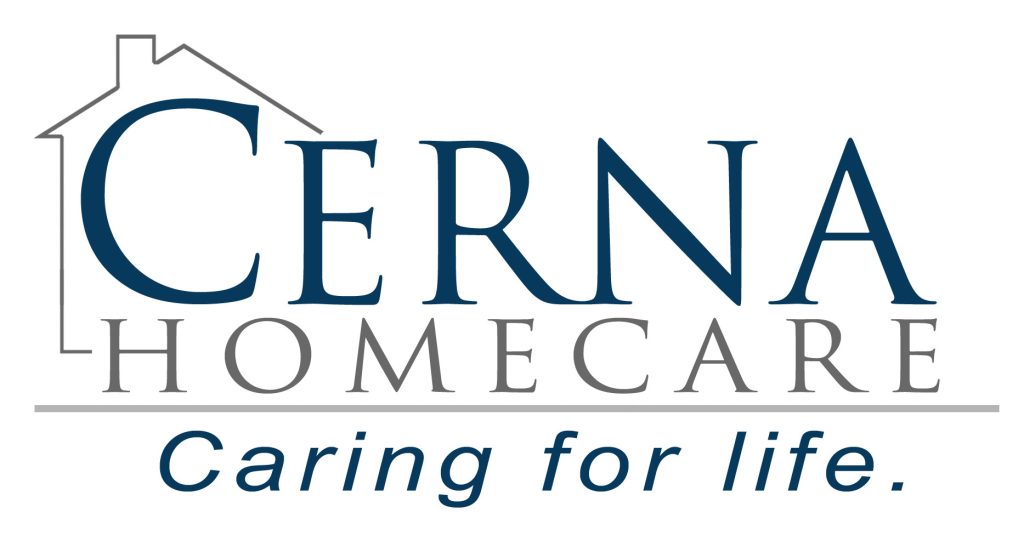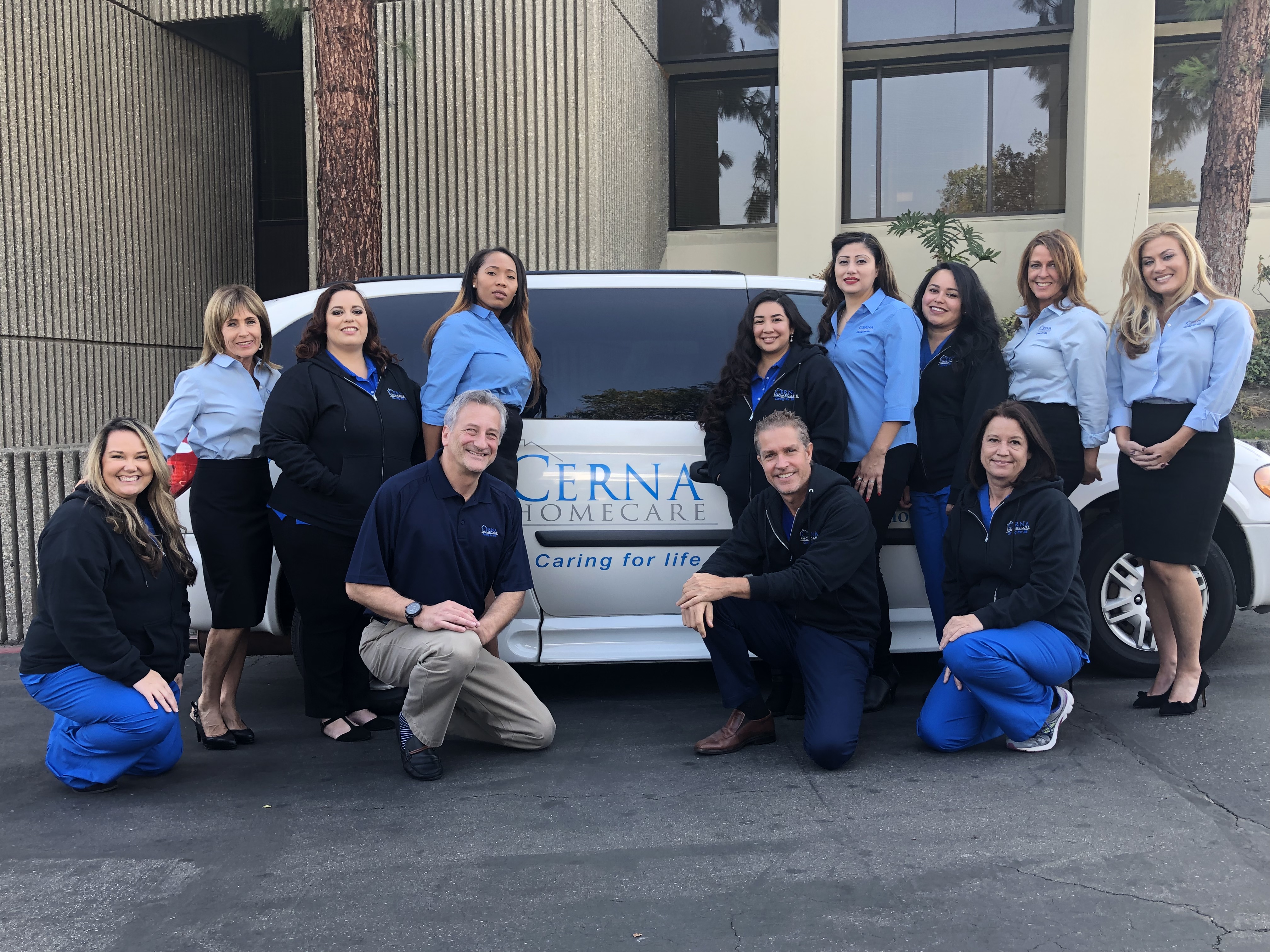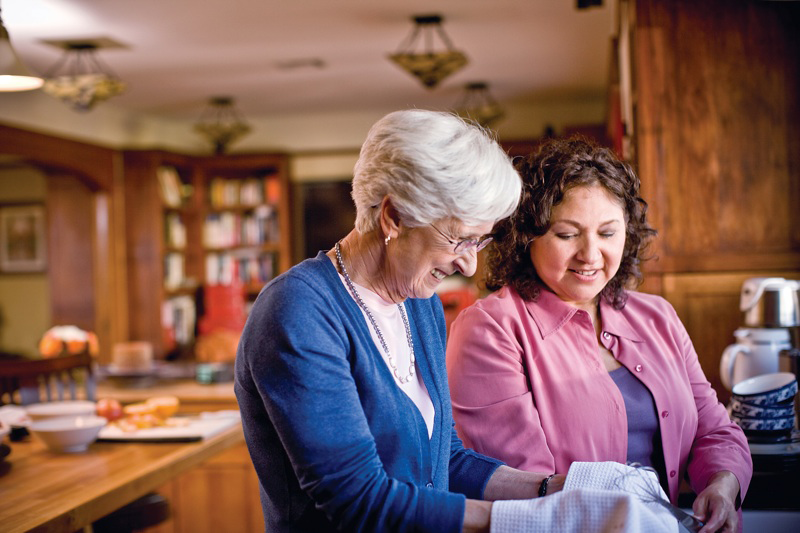
Natural disasters occur often and in different parts of the country. Hurricanes, tornadoes, flooding and earthquakes are the most common. While some are predictable and easier to prepare for, others occur at a moment’s notice, leaving you little time to get to safety.
The following are several types of natural disasters the affect the United States and their respective regions:
• The Gulf Coast/Southeast – vulnerable to hurricanes between June and November.
• Tornadoes – occur in the Great Plains region, or Tornado Alley, usually during the spring and summer months.
• Earthquakes – can happen at any time. Although the big tremblers are likely to happen on the Pacific Coast, over a 30-year period 42 states had at least one quake that was a 3.5 magnitude or higher.
So what do you do to prepare for these natural disasters?
1. Refresh your first aid and CPR skills – First aid classes will help you evaluate, recognize and care for a variety injuries. If a large-scale disaster keeps emergency responders from getting to the scene, your training could help minimize the casualties. You can take first aid or CPR classes at your local Red Cross chapter, fire department or hospital.
2. Give a home checkup – Test all smoke alarms and carbon monoxide detectors. For hurricanes or tornadoes, make sure that the house is equipped with storm or hurricane shutters, or have a stash of plywood sheets that can be nailed to windows in a hurry. For earthquakes, make sure heavy objects are secured to walls and water heaters, wood-burning stoves and other appliances are securely anchored.
3. Restock emergency supplies – It is recommended that you keep a three-day supply of food and water for each member of your household. A supply kit should include medications; sanitation and hygiene items; a list of places you can go in an emergency; flashlights, radios and other electronic items with batteries.
4. Review financial, insurance and medical information – Arrange for direct deposit of all your income. Check all insurance policies that cover you, your home and car. Put copies of vital documents and a list of emergency contacts in a waterproof pack in your emergency kit.
5. Prepare a household emergency plan – Begin by drawing a floor plan of your house with exit routes clearly marked, noting the locations of utility shutoff valves (water, power and natural gas). Make sure that every member of your household is familiar with the plan and then practice drills.
All ages should practice emergency preparedness. And remember, seniors are more vulnerable during natural disasters, so make sure your elderly parent has an emergency plan in place as well if they do not live nearby.




